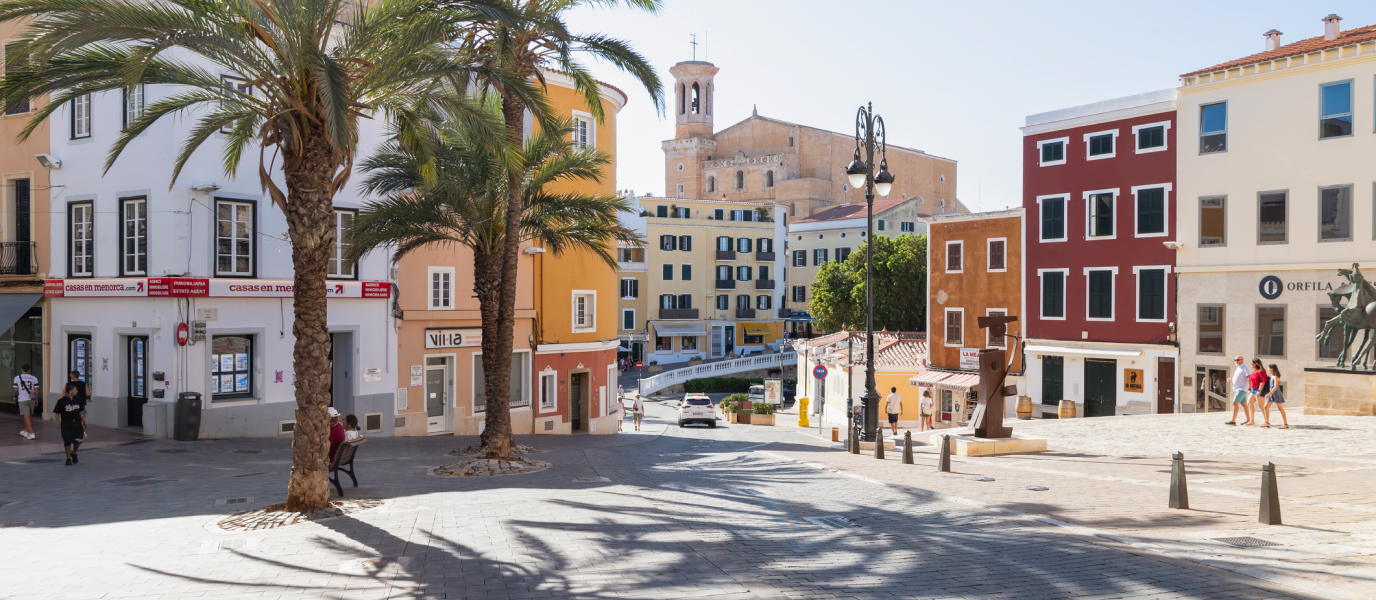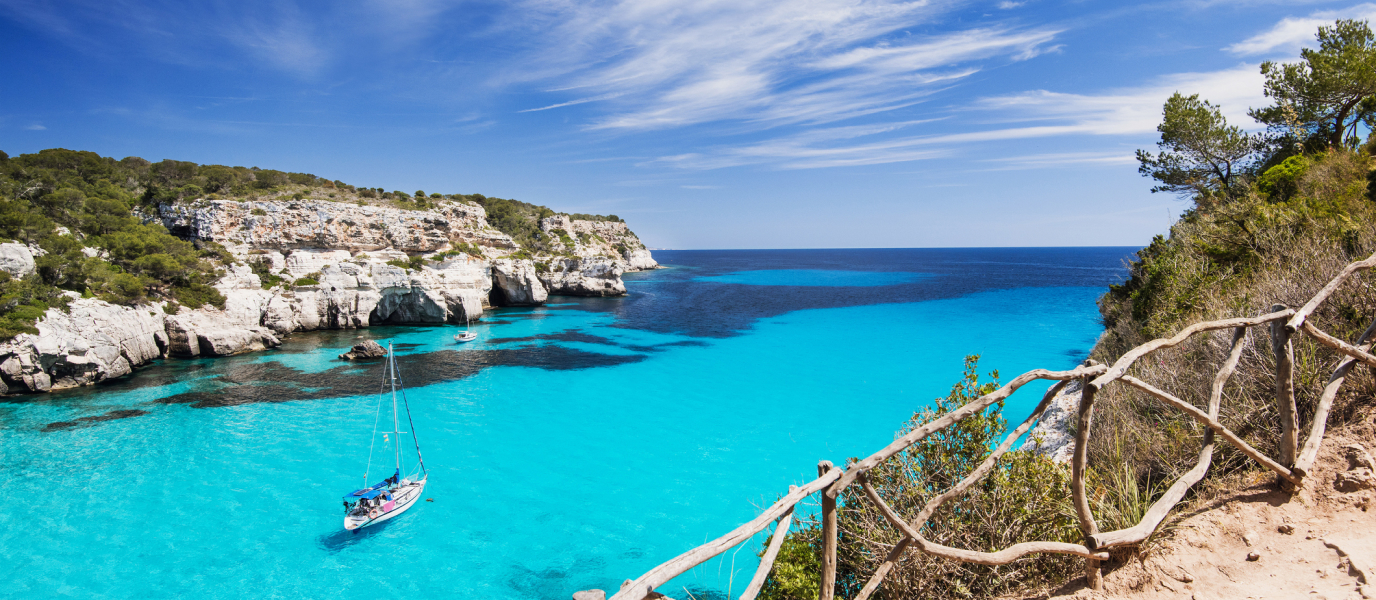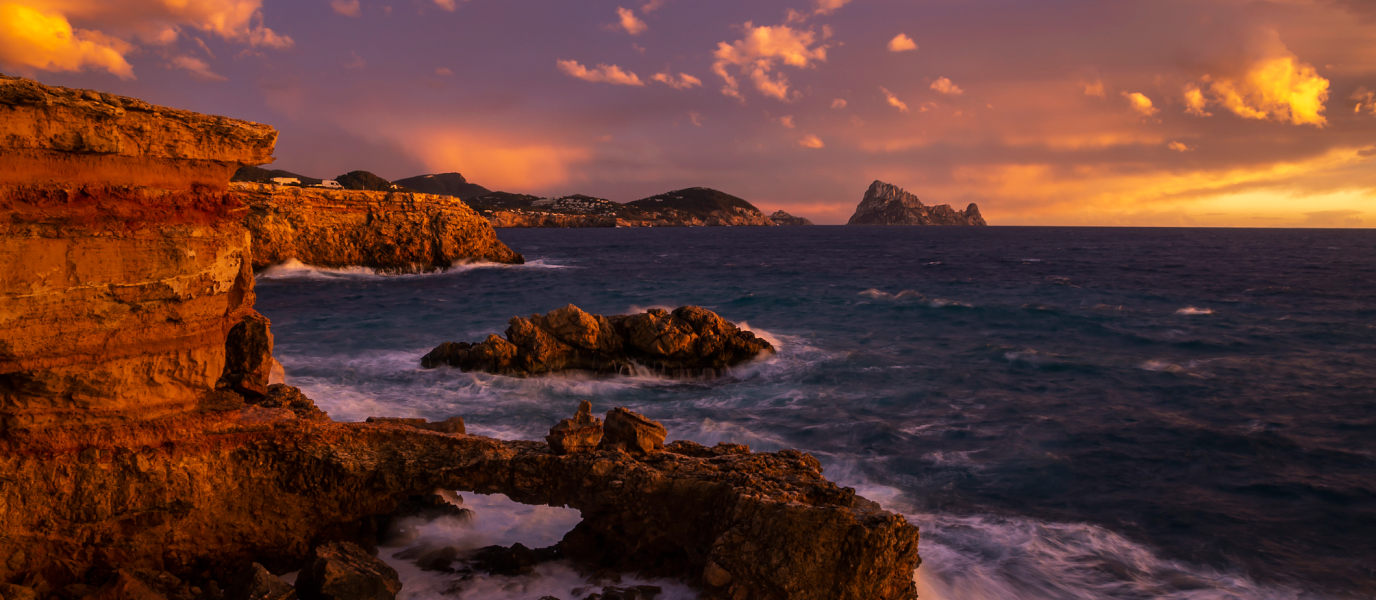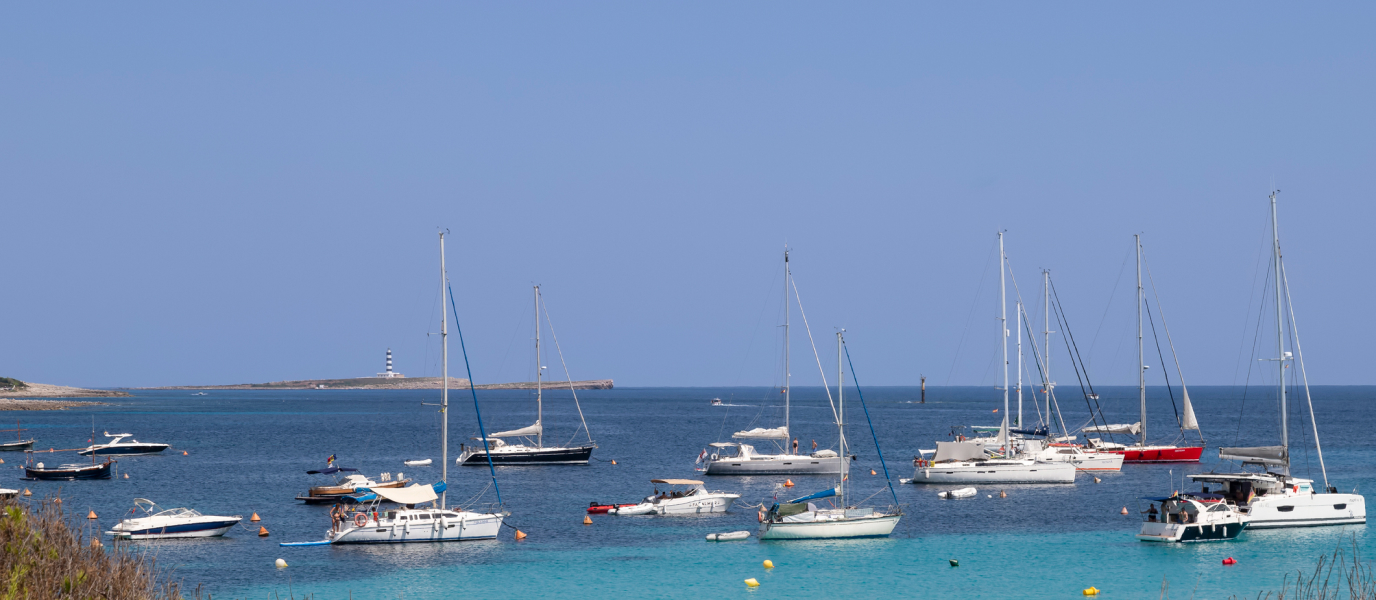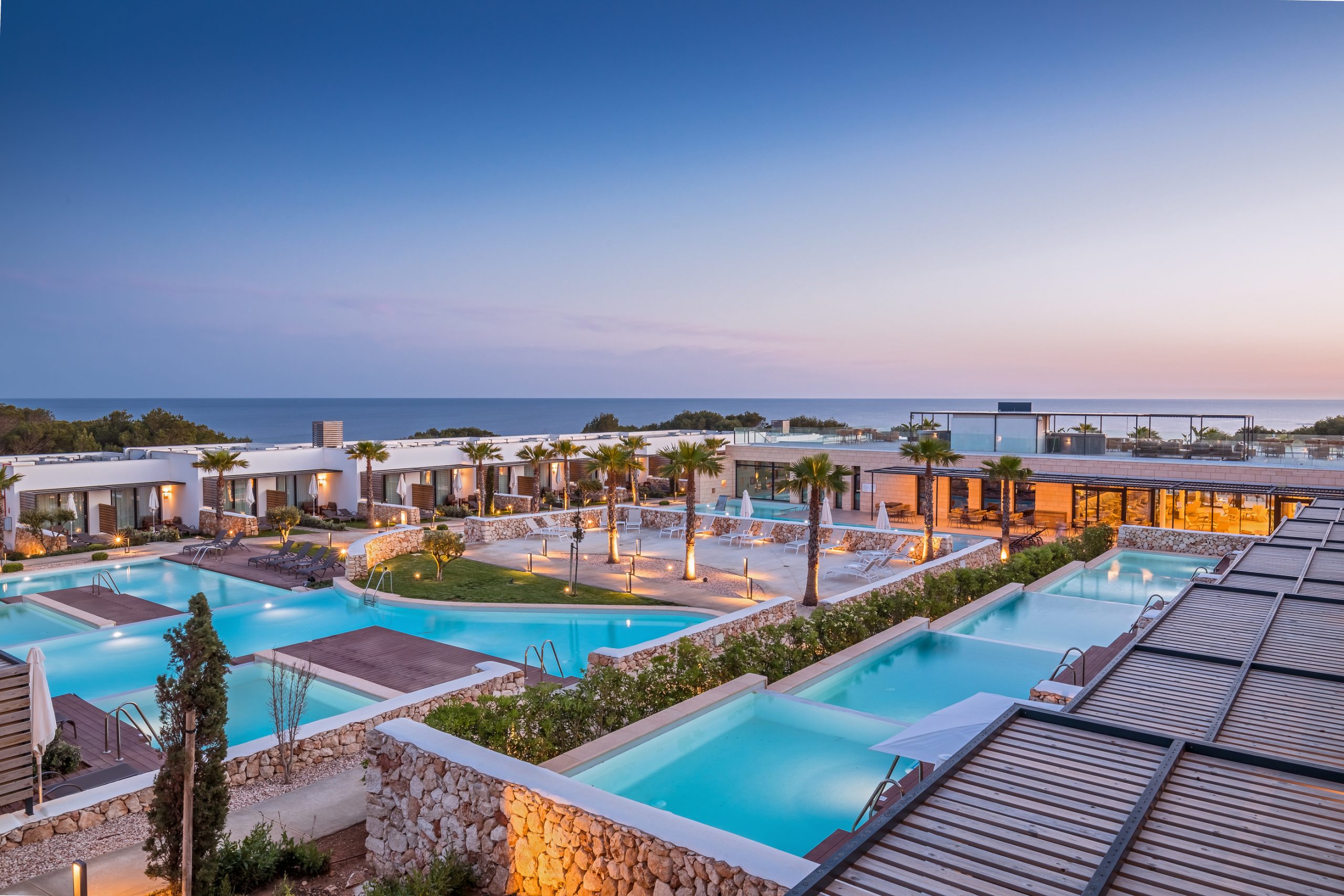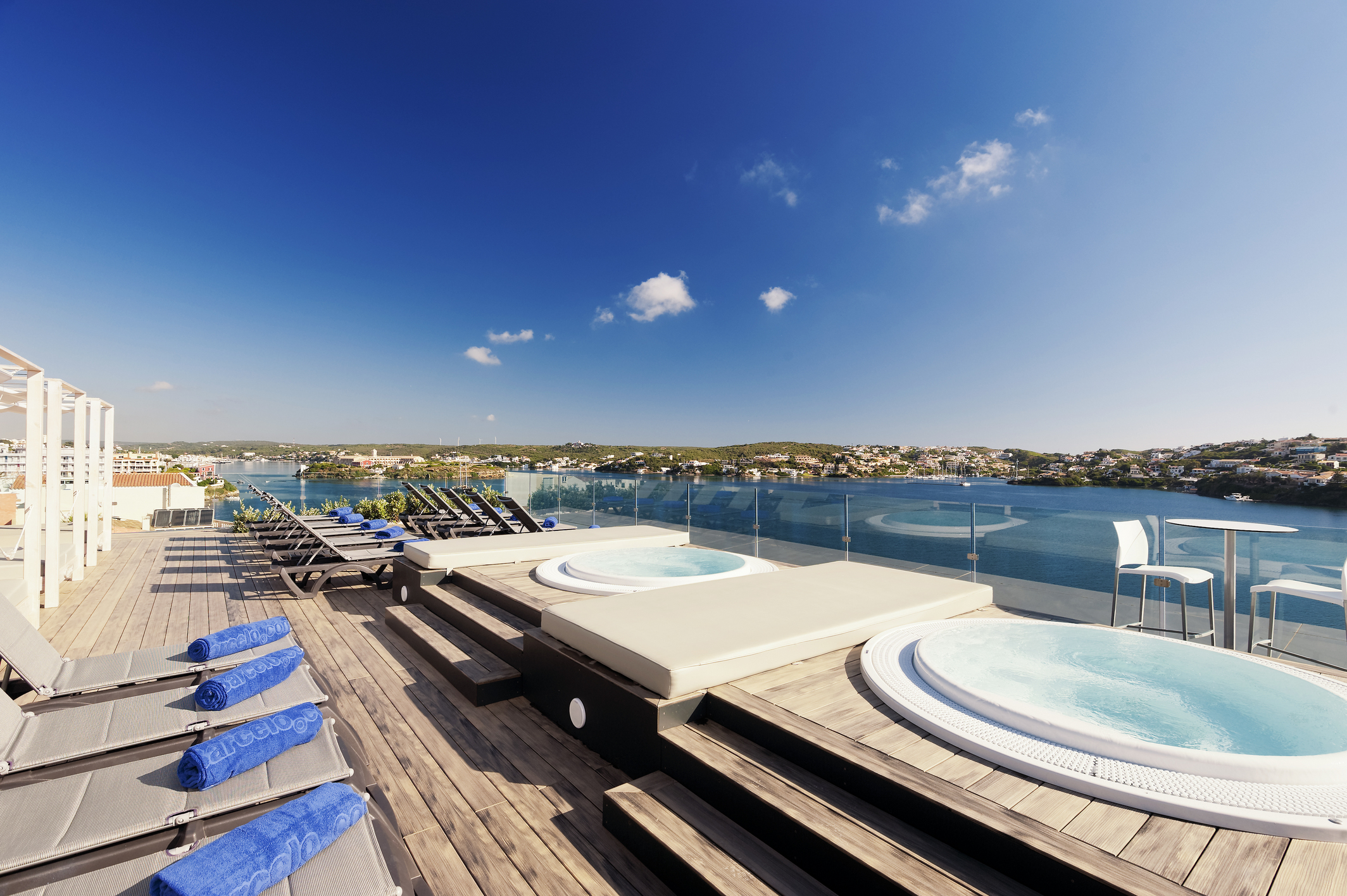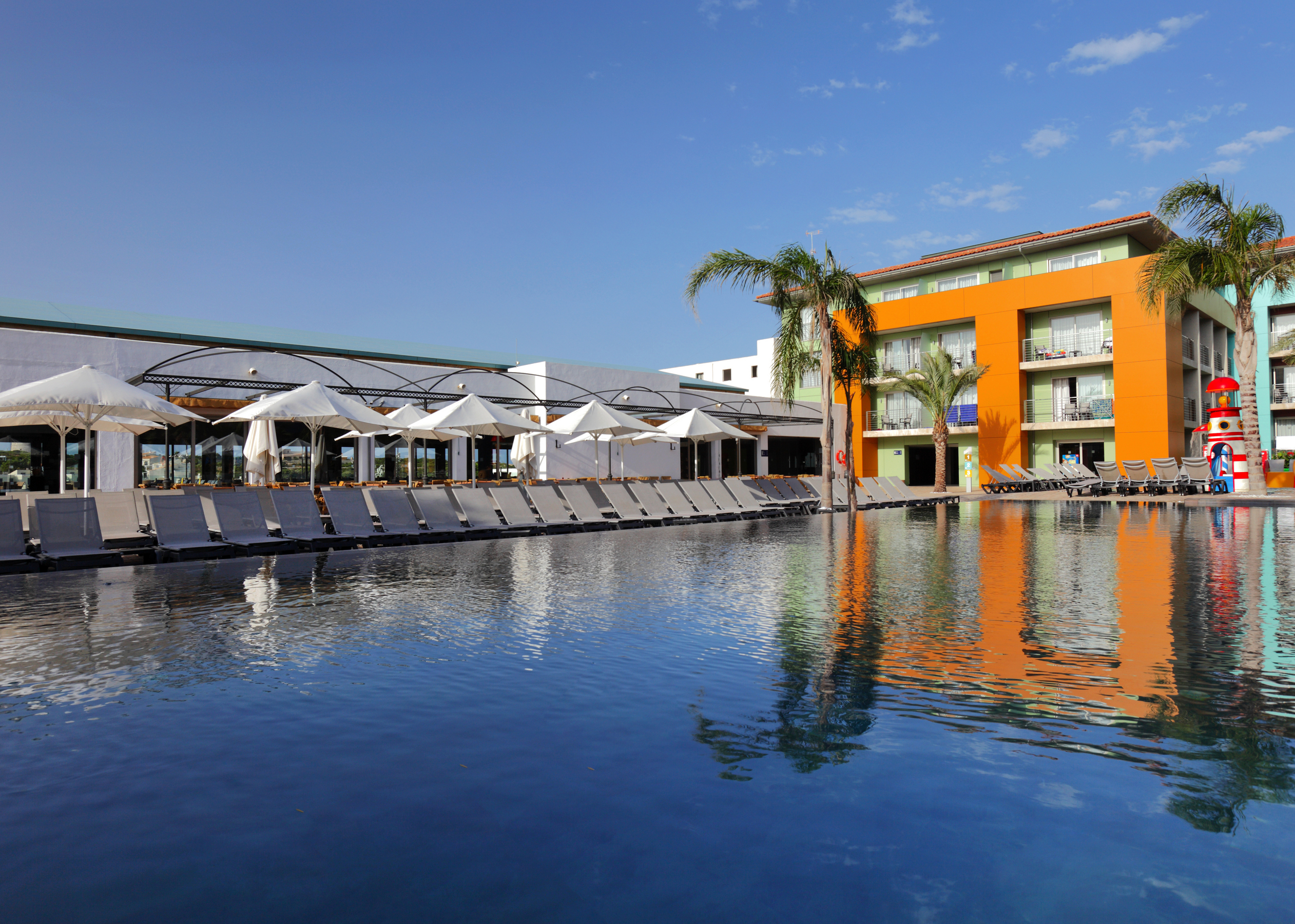Mahón, the capital of the island of Minorca, takes its name from the Carthaginian general Mago Barca, the brother of the famous Hannibal, who founded the city in the third century BC. Since then, its strategic position and the fact that it is protected by a six-kilometre-long natural port—the second largest in Europe—made the port city highly coveted by numerous civilisations throughout history: it passed through the hands of the Romans, Byzantines and Moors, until King Alfonso III of Aragon conquered the island on behalf of the Christians in 1287. In addition to these influences is the indelible mark left by the British, who occupied Minorca in 1708 and kept it under their power for 70 years, changing the capital from Ciutadella to Mahón, which would experience strong economic and commercial development. Incidentally, this period was only interrupted for seven years by a brief French occupation—during the Seven Years’ War, between 1756 and 1763—in which, according to various researchers, the French ‘discovered’ mayonnaise, a Minorcan sauce that would become world famous. Despite its chequered past, modern-day Mahón is a small but enthralling city—it has a population of around 28,000—full of historical heritage where life unfolds around its beautiful port. Read on to find out about everything that awaits in the city of Mahón.
What to see and do in Mahón
The Port of Mahón
The heart of Mahón is its natural port, the biggest in the Mediterranean, which you can explore via a lovely seaside promenade replete with terraces, restaurants and nightclubs. Marvel at the enormous cruise ships that enter the port, the little white houses perched on the cliffs and the two islands that lie in the middle of it: Illa del Rei and Illa del Llatzeret.
The best beaches in Mahón
The Mahón region is home to 23 beaches and coves for all tastes, from long sandy beaches to unspoilt coves surrounded by cliffs. Among the former, we recommend Es Grau Beach, a long, welcoming cove protected by Colom Island, which lies within the s’Albufera des Grau Natural Park, a beautiful biosphere reserve north of Mahón boasting diverse land and marine ecosystems. The same natural area is also home to Cala de Sa Torreta, a wild unspoilt beach named after an old watchtower that stands in the nearby Es Colomar outcrop.
Just 4.5 kilometres from Mahón, another one of the most recommended beaches in the area is Sa Mesquida a wild sandy beach that is dominated by Es Pa Gros hill and an eighteenth-century defensive tower. Fans of history will be interested to hear that it was here where the French-Spanish troops led by the Duke of Crillon landed in 1781, reconquering the island from the British.
Discovering the historic centre of Mahón
The historic centre of Mahón holds interesting details that nod to its British influence, such as the clock on the central tower of the City Hall building, which the British governor Richard Kane brought from London. It is said to be the first non-solar clock that the island had. Must-see monuments include the church Iglesia de Santa María, which, although it dates from the eighteenth century, stands on the site of a previous church that James II of Aragon ordered to be built in 1294. The church was pillaged by the fearsome Turkish pirate Barbarossa during the plundering that he subjected Mahón to in 1535. Close by, on Carrer de Sant Roc, is the San Roque bridge, one of the gateways of the ancient medieval walls, which were built in the fourteenth century to protect the city from pirate attacks, of which nothing else has been preserved.
If you would like to visit a museum, we recommend the Museu de Menorca [Museum of Minorca] and the Hernández Sanz-Hernández Mora Collection. The former, situated in an old fifteenth-century Franciscan convent, houses 200,000 historic and archaeological objects that allow you to trace the island’s history from prehistory all the way up to the present day. The latter illustrates what life was like in British Minorca by means of the history of the Olivers, one of Mahón’s leading bourgeois families in the eighteenth and nineteenth centuries who lived in this mansion.
La Mola Fortress
The entrance to the Port of Mahón, on the eastern side, is dominated and protected by La Mola Fortress, which stands on the eponymous peninsula, the most easterly point of the whole of Spain. We recommend visiting this impressive mass of stone surrounded by a deep moat, which was built in the mid-nineteenth century because of Queen Isabella II’s fear that the British or French would try to reconquer the Port of Mahón, a strategic area through which their main colonial routes passed.
The fortress was built on the site of the old San Felipe fort, built during the reign of Philip II in the sixteenth century and demolished in the eighteenth century by order of Charles III, who thought that if there was no fortress, the British wouldn’t be interested in taking Minorca.
Illa del Rei
It was here, on this island in the middle of the port, where King Alfonso III of Aragon and his troops disembarked upon arriving in Minorca to reconquer it from the Muslims in 1287. Much later, the British gave it the macabre name of Bloody Island, as it was the site of a military hospital in the eighteenth century. Said hospital, whose disturbing silhouette still dominates the island, operated until the 1960s. On the island we can also find the remains of a sixth-century Paleochristian basilica. After decades of neglect, Illa del Rei was restored for tourism a few years ago and it can be visited on a boat tour.
Eating out in Mahón: the best restaurants
Minorcan cuisine has been forged across centuries and dates back to the Carthaginian era. It is based on healthy and delicious Mediterranean food, consisting of typical dishes such as oliaigua—a tomato soup that is accompanied by fresh figs and olives in summer—, lobster stew, baked stuffed squid, and stuffed Minorcan-style aubergines. In Mahón, mayonnaise is, of course, an essential condiment. Be sure to also try the typical sobrasada, a cured sausage made from pork and paprika.
Although there are a wide variety of restaurants along the seaside promenade and in the centre, where you can sample all these delicacies. We recommend the following three establishments: El Rais, perfect for savouring rice dishes with views over the port of Mahón; Ses Forquilles, serving gourmet tapas and seasonal fare in the old town; and Can Bernat des Grau, if you fancy something a little different set in a typical country house on the outskirts of the city serving the freshest fish and seafood on the island.




































































